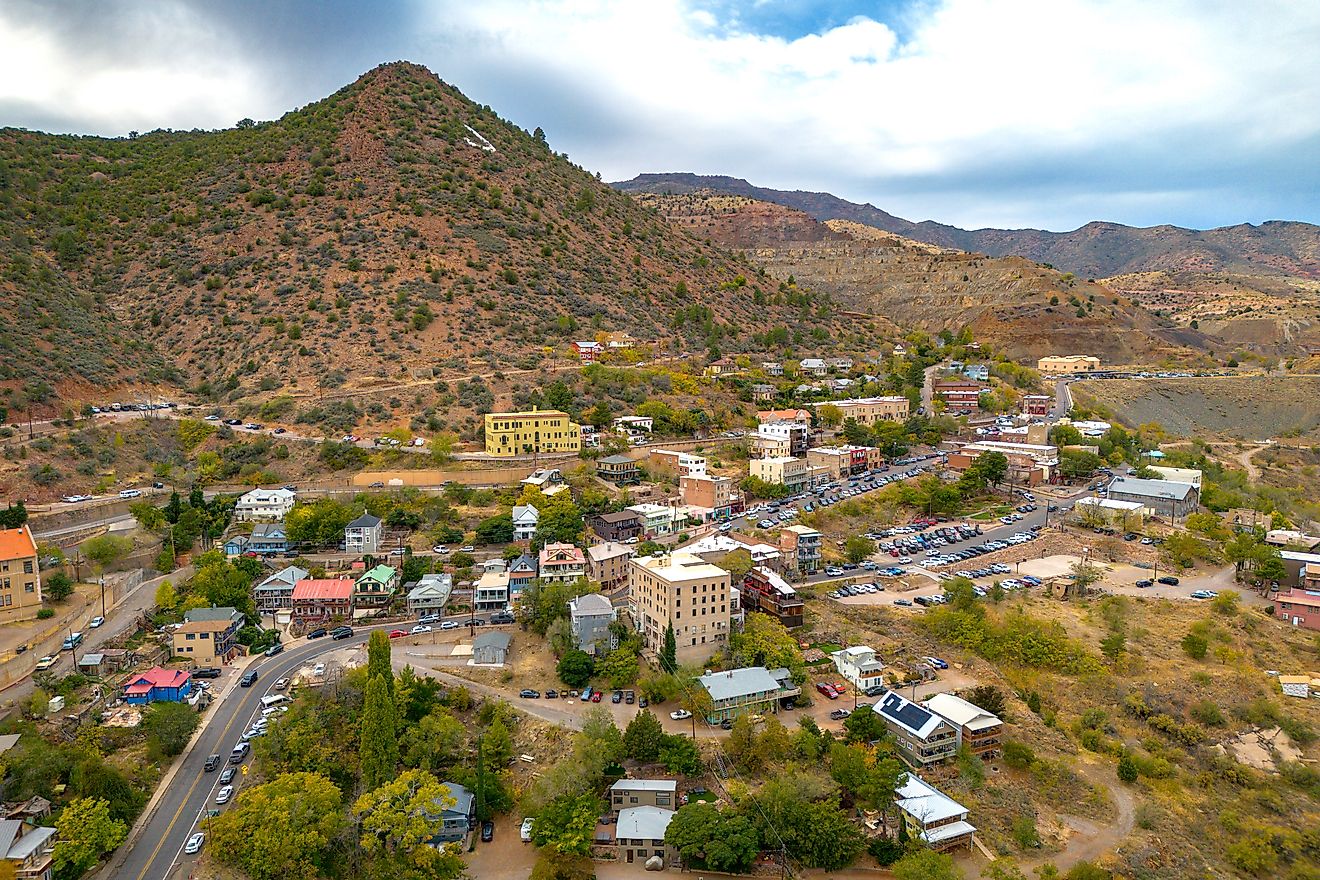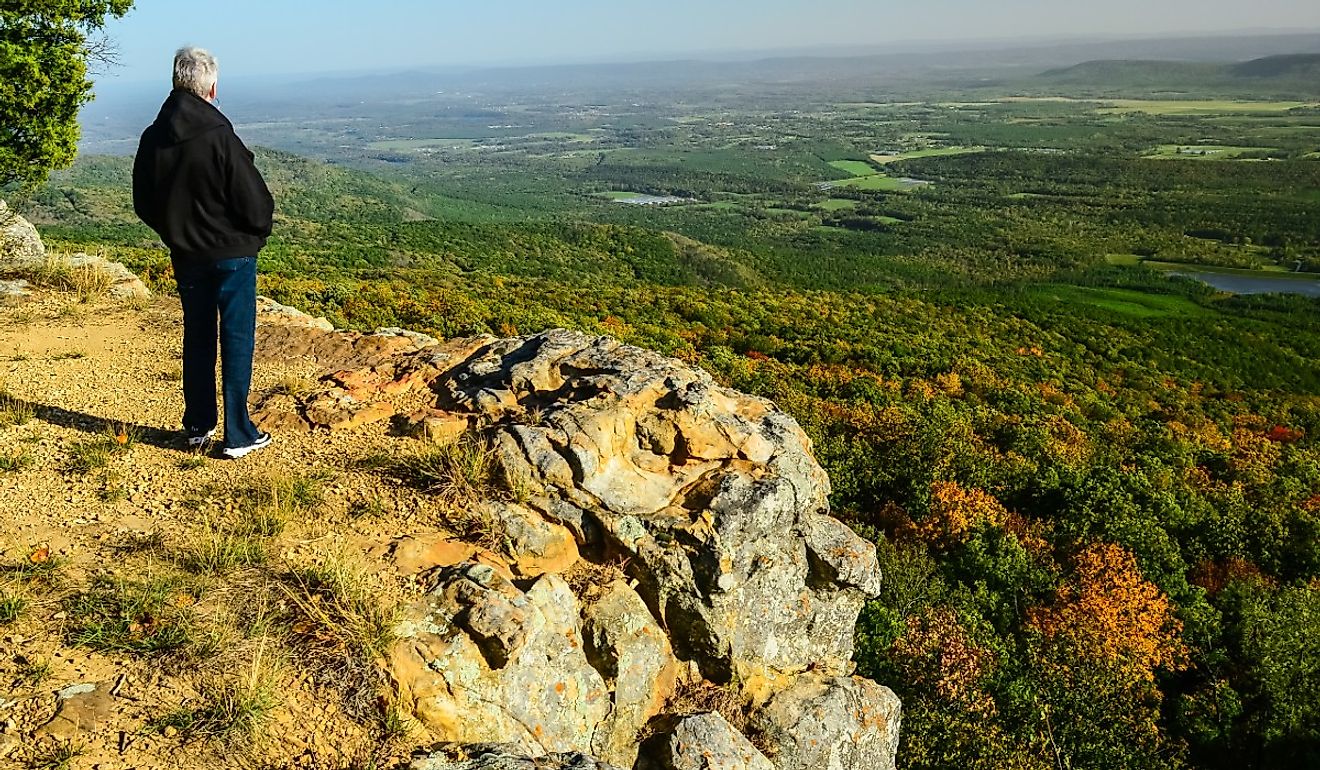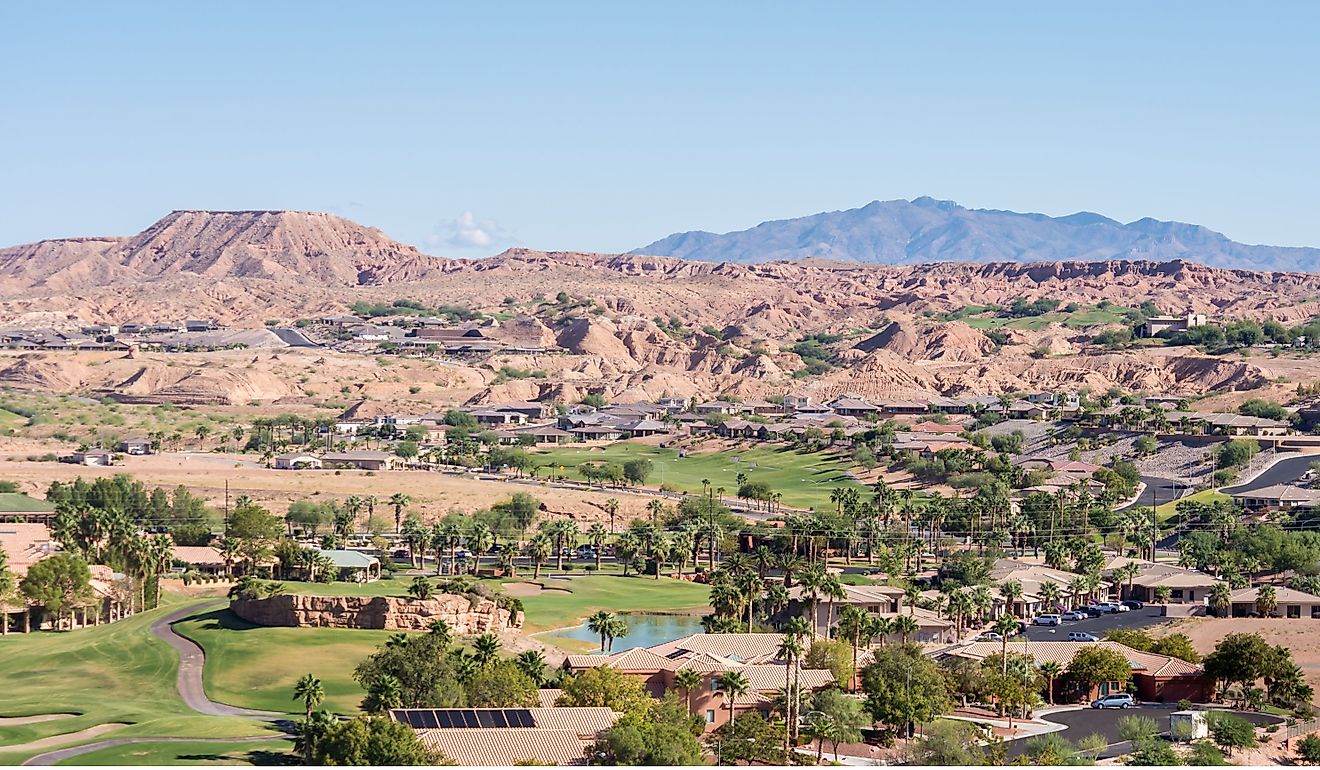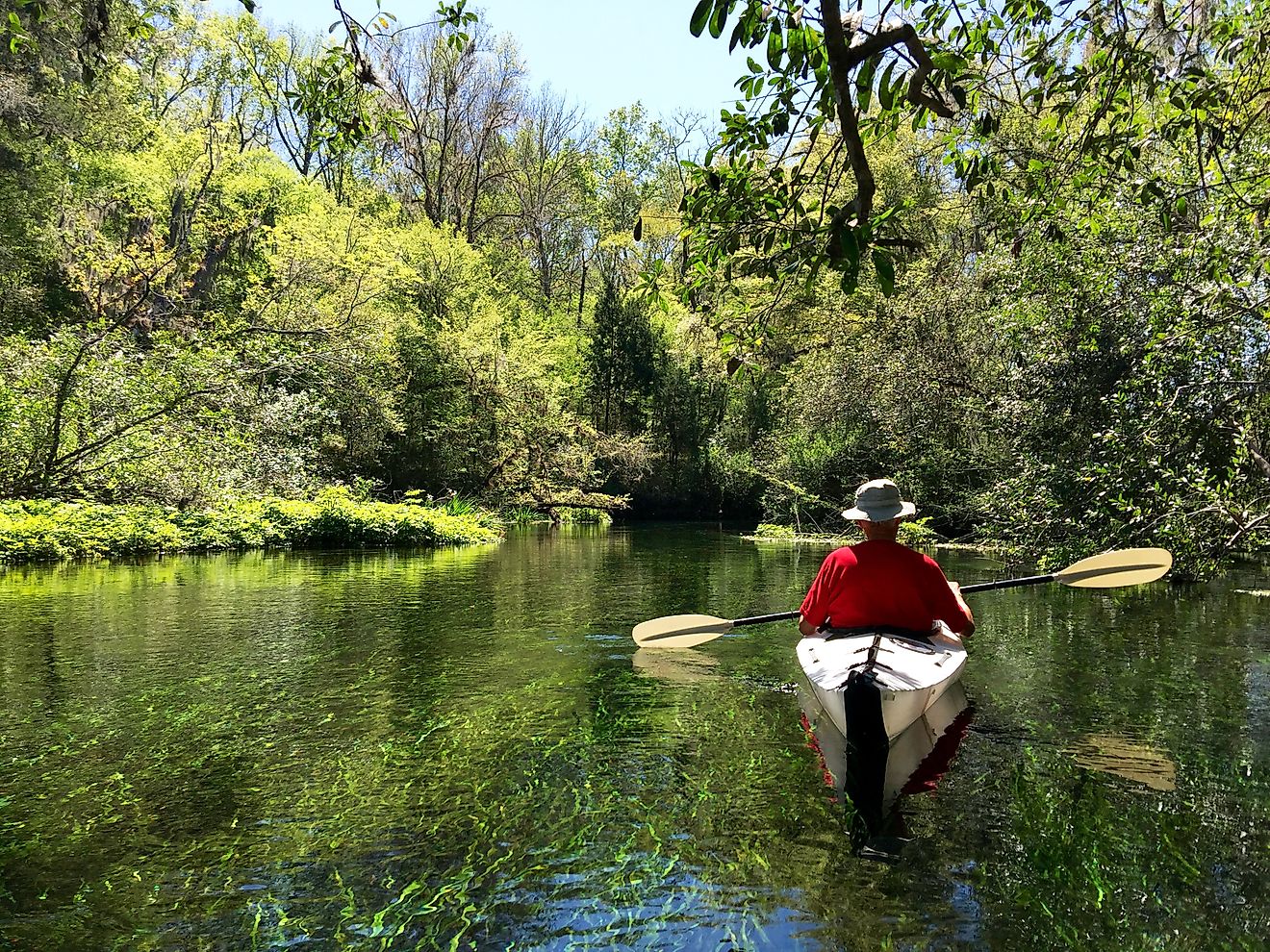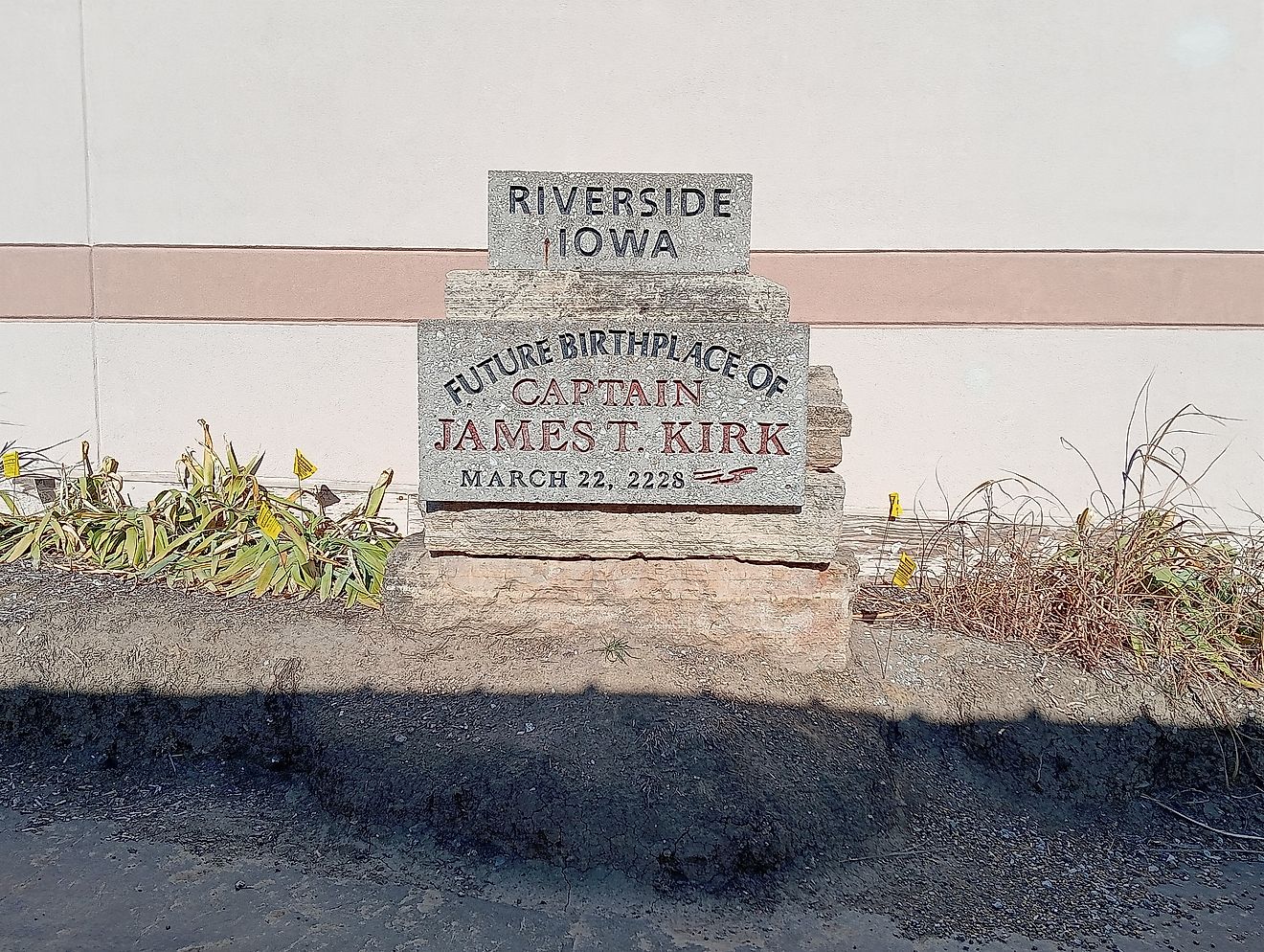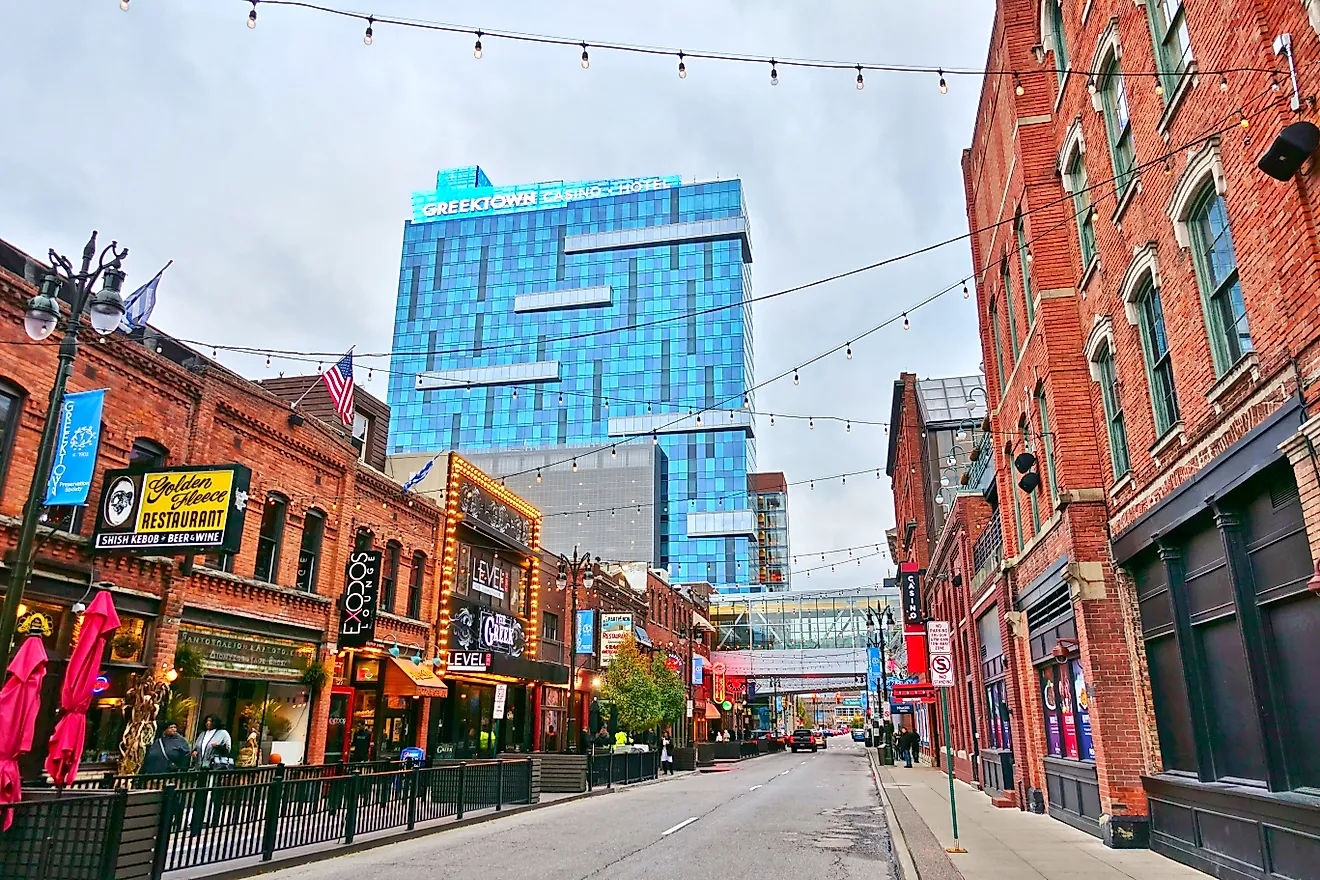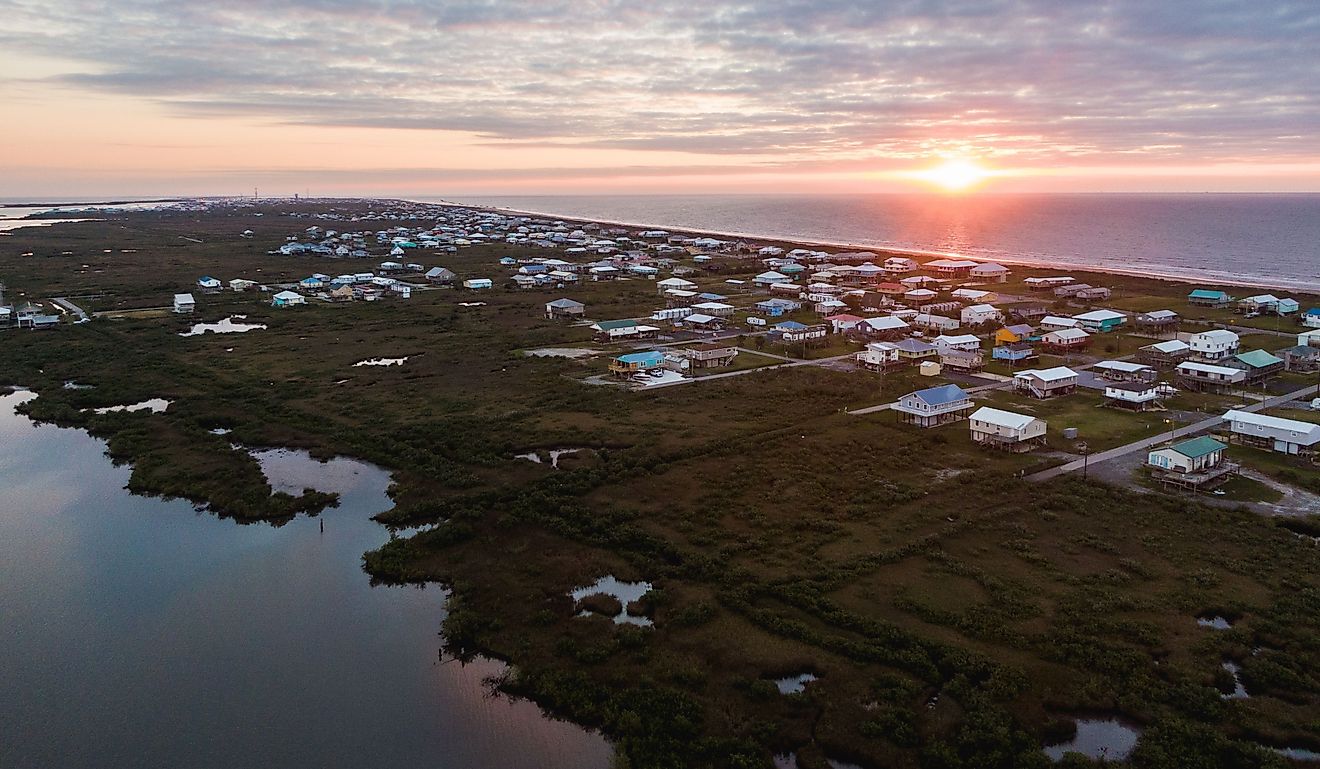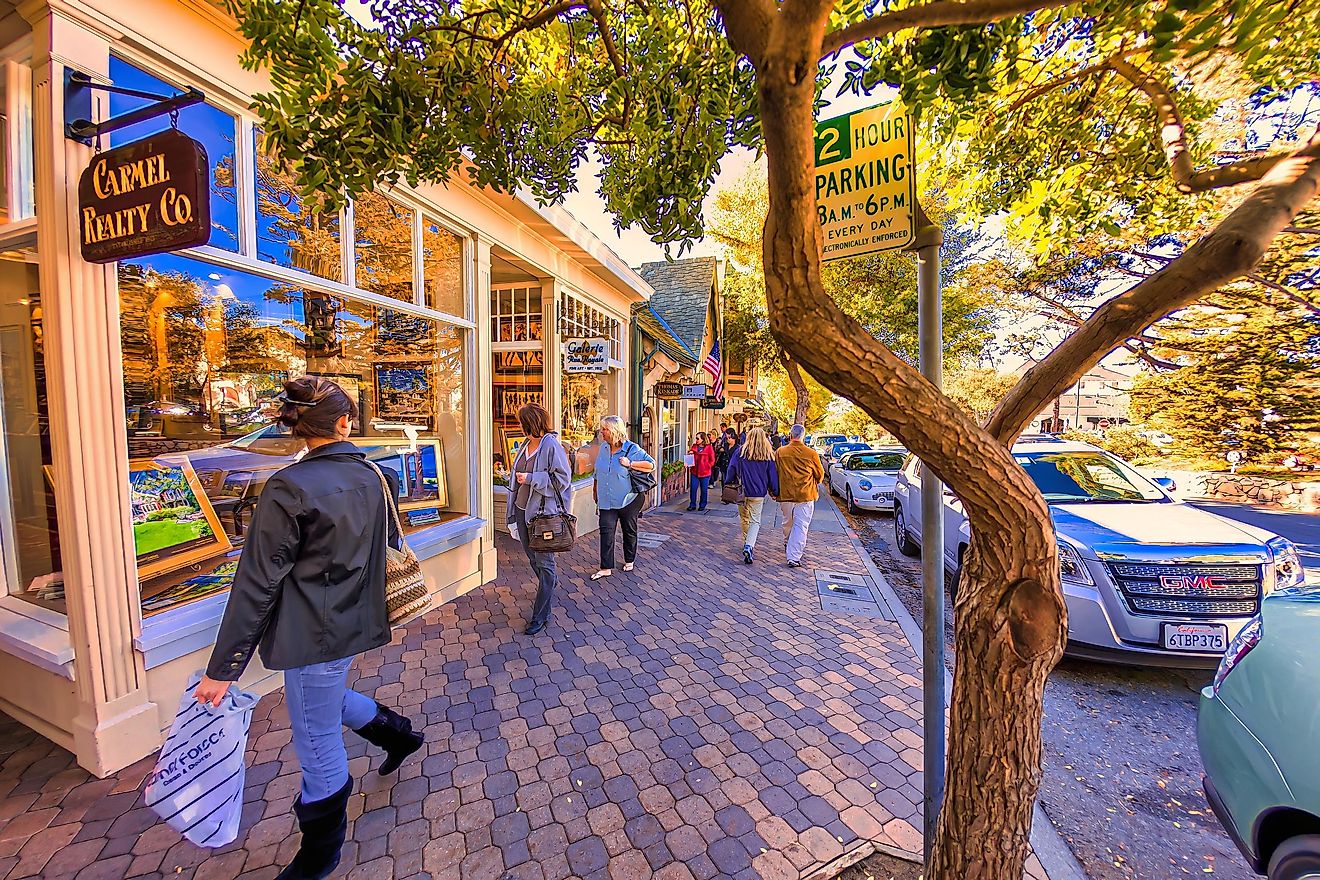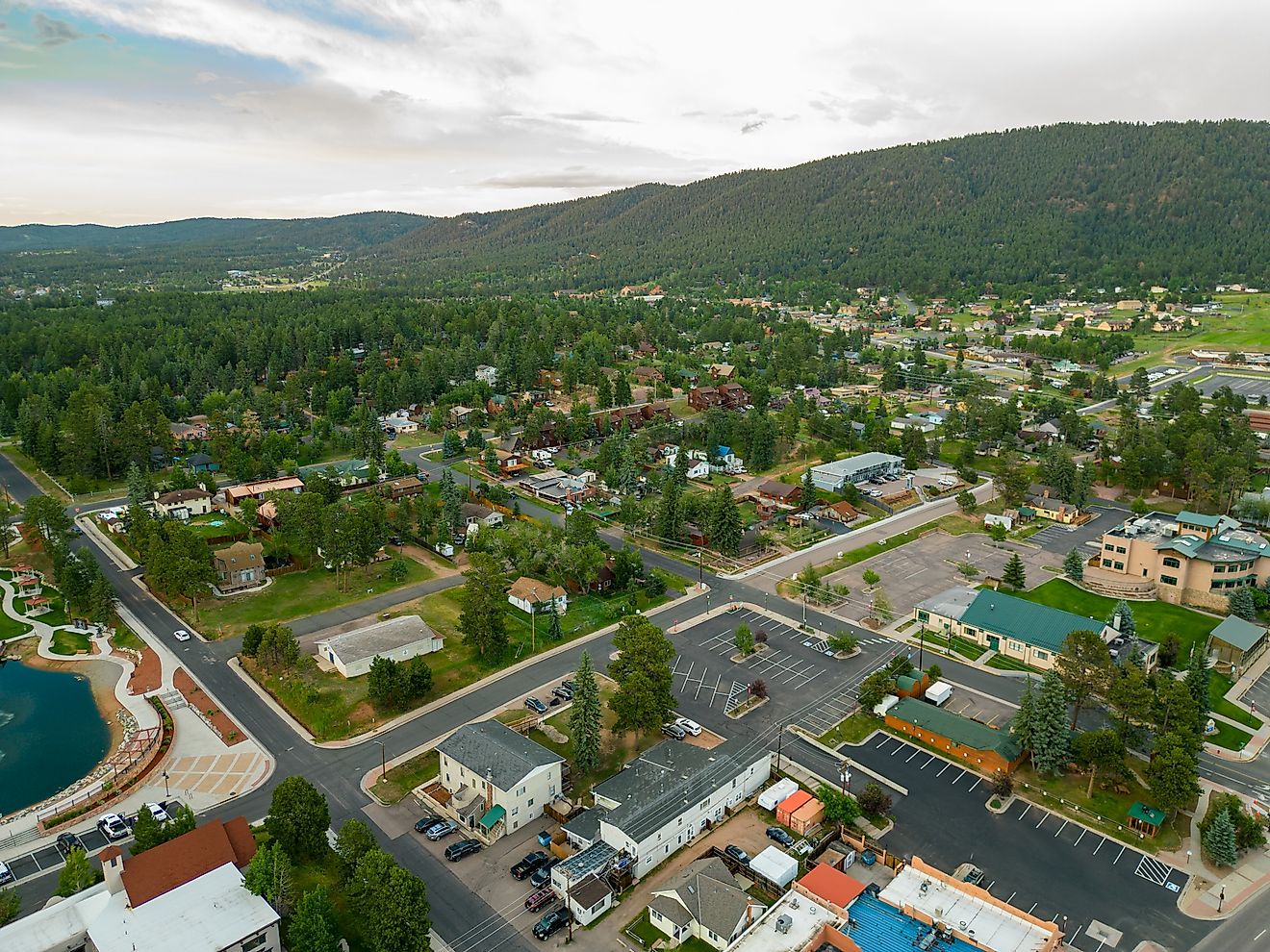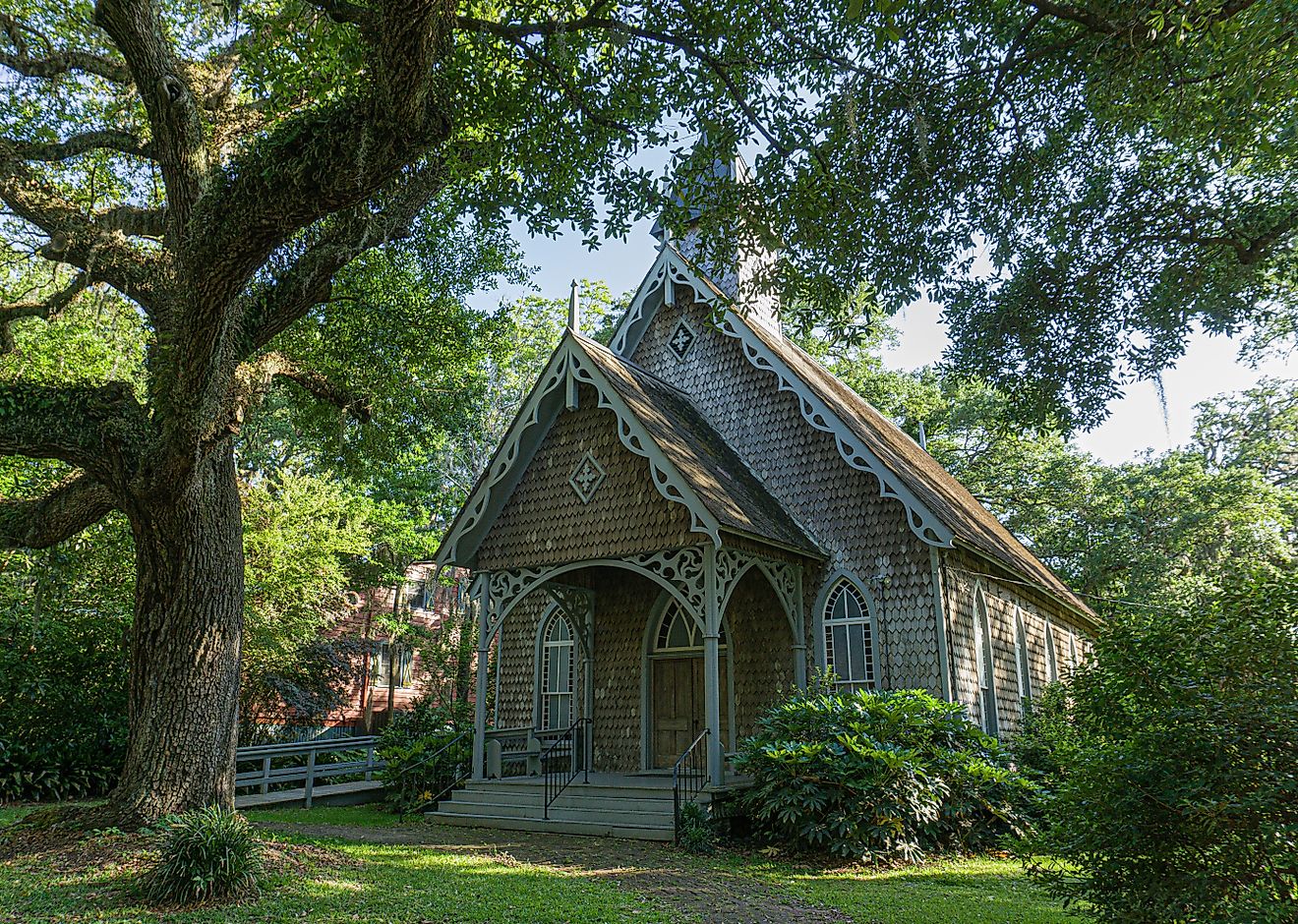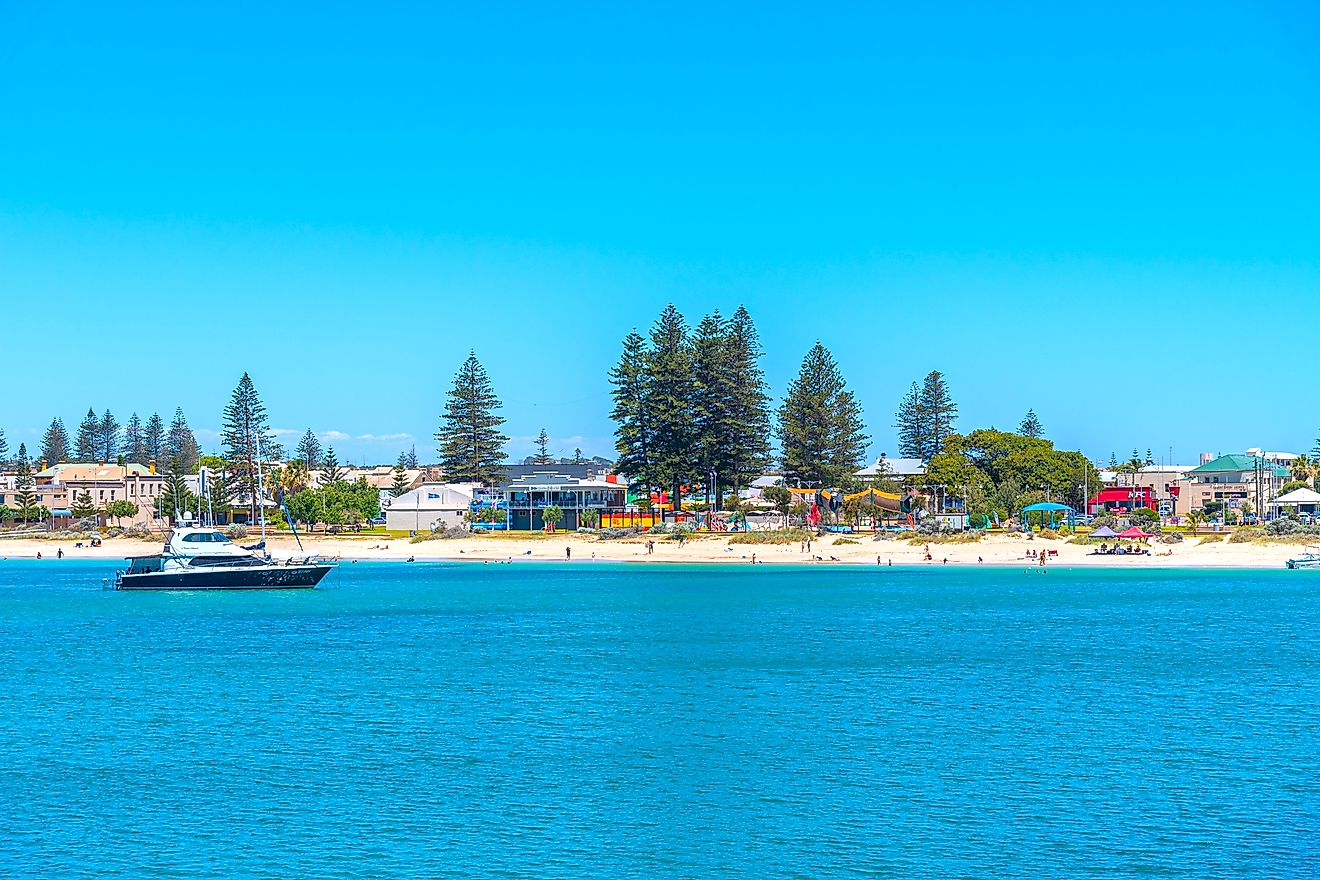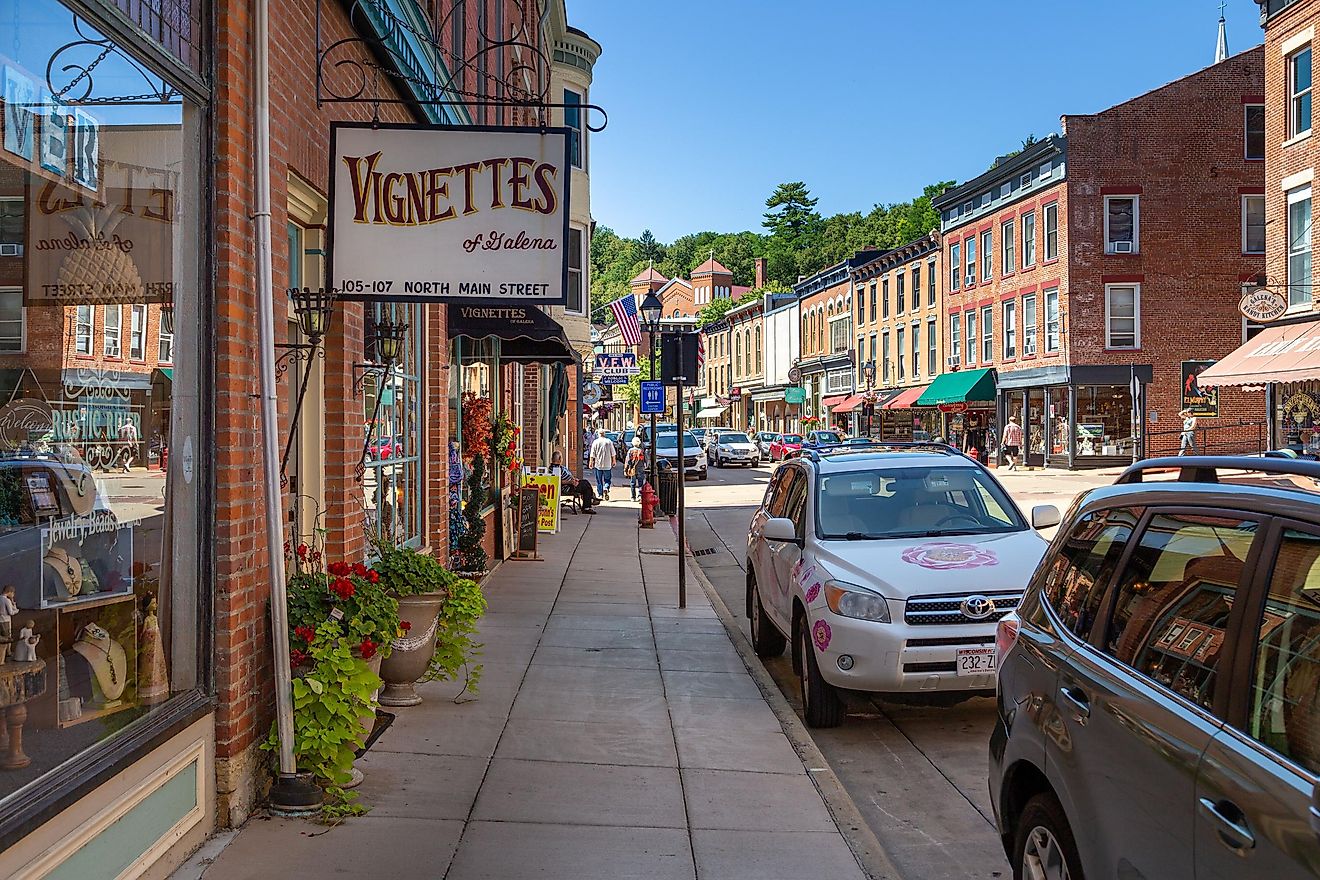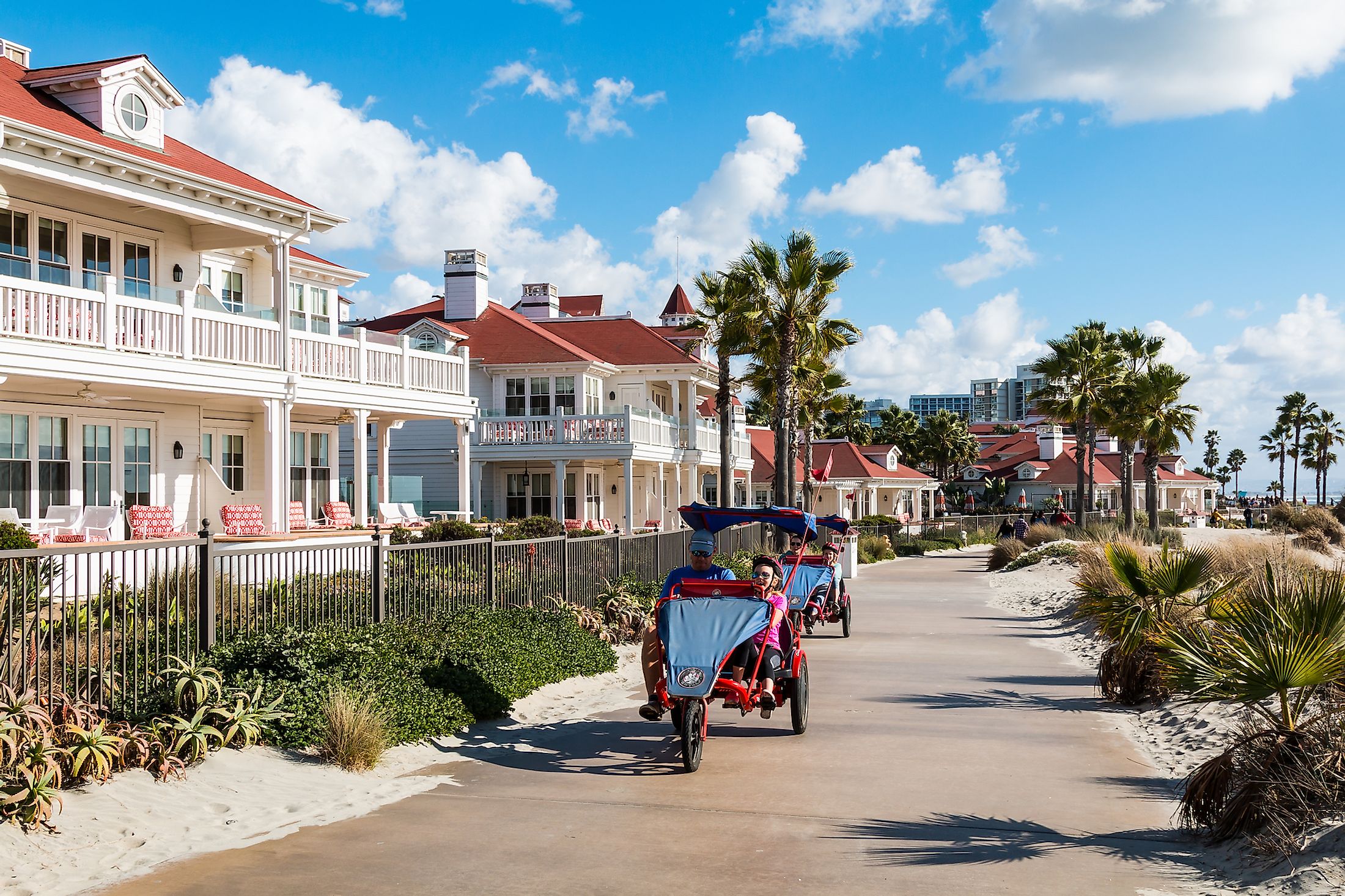
10 Towns in California with a Rich History
In February 1848, the United States of America and Mexico marked the end of the Mexican–American War, with large swathes of land handed to the U.S. Part of that land was California, which soon joined the union as the 31st state in 1850. Over time, California has had a long and colorful story, starting with its original Native American inhabitants.
Then came the Spanish settlers, followed by the thrilling days of the Gold Rush. Fast forward to now, and you will find a big, vibrant state that stands out both for its substantial economy and its cultural coolness. Beyond the bustling highways and into the rolling green fields, there are countless small towns and cities woven into the land.
Murphys
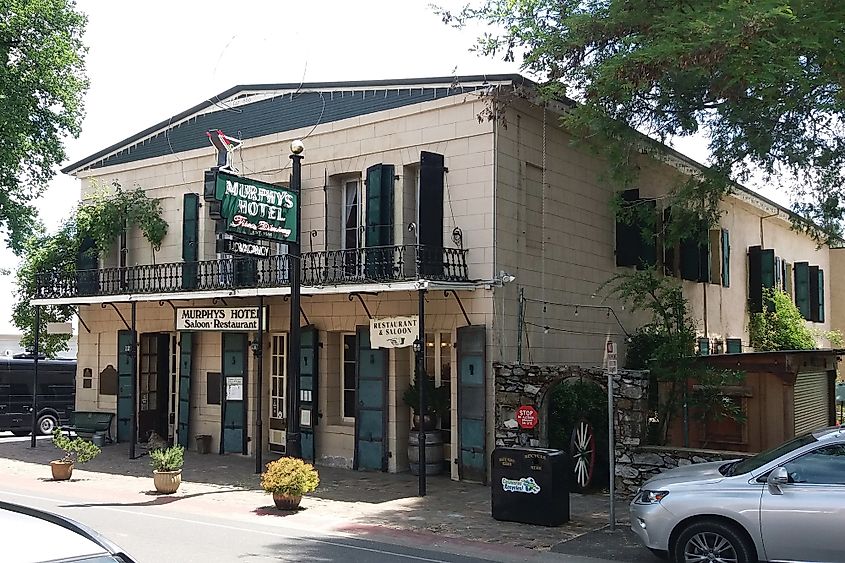
Once upon a time in 1848, when everyone was rushing to California to find gold, two fellows known as John and Daniel Murphy set up a little spot and called it Murphys.
It turned out to be a resilient town. It has survived three big fires that happened in 1859, 1874, and 1893, and yet, it still stands strong today. Every time, the people there got right to work and fixed up their town.
One of the coolest old places in Murphys is the Murphys Historic Hotel. It popped up in 1856 and is operating today. Since it was built it has been a cozy spot for anyone traveling through who needed a place to rest.
Another interesting spot is the Old Timers Museum. Step into the oldest stone structure in Murphys, which is there to share stories and facts about the Murphys area's amazing past.
For a moment of peace and quiet, Saint Patrick's Catholic Church is one the longest-operating churches in California. Its wooden architecture and stained-glass windows make it a memorable historic site in Murphys.
Nevada City

Tucked away in the gentle hills of the Sierra Nevada's lower slopes, Nevada City once bustled with energy in the Gold Rush days.
Nowadays the town offers endless chances for fun outside, whether going for a hike or riding your bike.
The opulent wealth of the Gold Rush led to many buildings being maintained and well-taken care of, so now, the entire downtown area of town is considered a National Historic Landmark District.
If you feel like a show in an old-time setting, the Nevada Theatre is California's oldest existing theater building. It has held all sorts of performances over the years, from plays to operas and even silent films.
In town, look for the white Victorian gingerbread front of the Firehouse No. 1 Museum. Stepping back into 1861, imagine the clang of firehouse bells in Nevada City. This was one of the town's earliest fire stations, standing the test of time. Today, it tells tales of the past as a cherished museum.
Folsom

Right near town, Folsom Prison, which started in 1880, is one of America's most historic jails. It gained worldwide fame when Johnny Cash sang about it in "Folsom Prison Blues."
His concert there in 1968 made it legendary. The prison is a big piece of Folsom's identity and history, contributing to its notoriety and cultural landscape.
Stroll down Sutter Street and you will be whisked away to the days of the Gold Rush, right in Folsom's historic quarter.
The spot has held onto its classic appeal while getting a nice polish of modernity over the years.
In the 1950s, the Folsom Dam was built, leading to the formation of nearby Folsom Lake. Now the lake is the perfect spot for a day outside under the sun, or partaking in some jet skiing or boating.
Sonoma
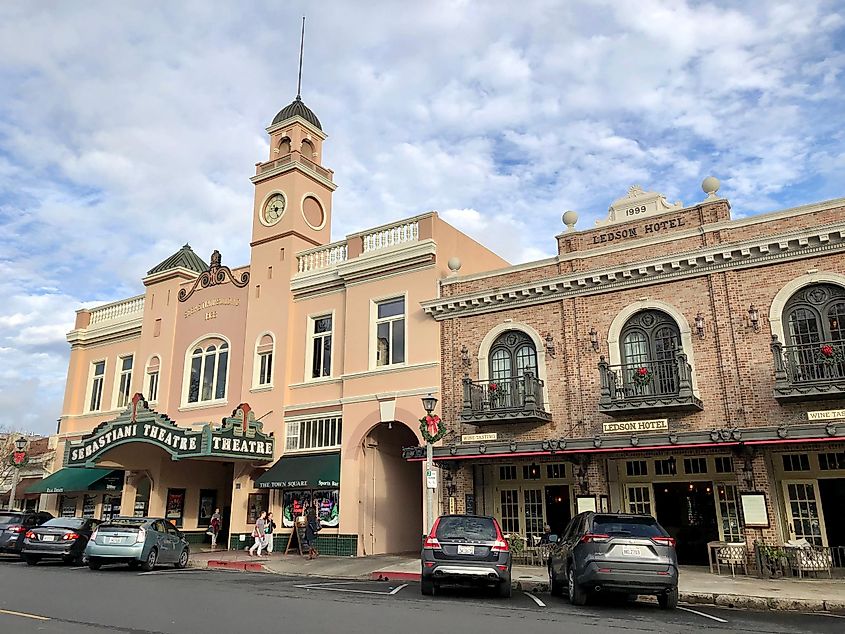
It is hard to fit in all the interesting historical tidbits living in Sonoma. A good example of this is the Fort Ross State Historic Park, a former Russian colony established around 1812, a significant period of early cultural exchange in California
The Sonoma Barracks is also an important stop in town. Back in 1846, during the Bear Flag Revolt, it was captured by American settlers, an important event for California as it transitioned from Mexican to American control. Today, the barracks are a museum teaching about the history of military life way back when.
If you are interested in that period of history, you can enter the 1852 Victorian home that belonged to General Mariano Guadalupe Vallejo.
As an important figure in California's changeover from Mexican rule to American hands, Vallejo's residence now welcomes visitors, allowing them to take a glimpse through rooms with the original decor of that era.
Angels Camp
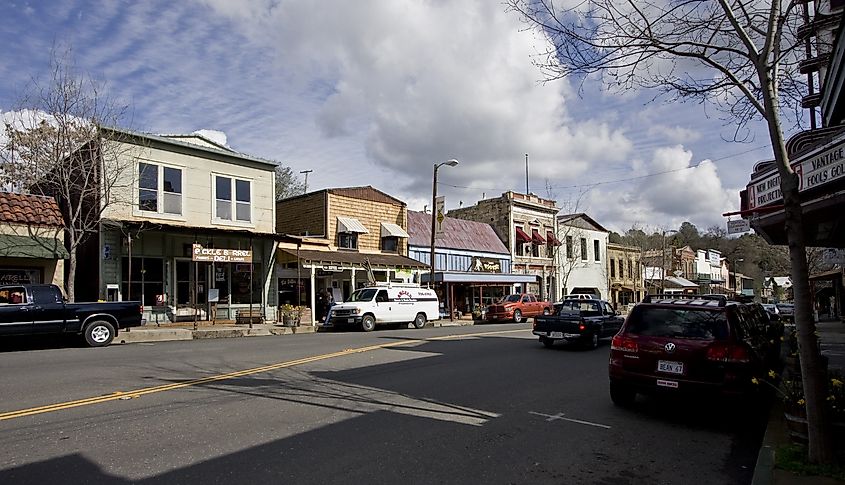
Angels Camp has a past closely linked to the Gold Rush. In 1848, a pair of store owners from Rhode Island named Henry and George Angel were the ones who started the town.
The place is also pretty well-known because of its connection to the famous writer, Mark Twain.
One day, hanging out at Angels Hotel, Twain heard a story he spun into his famous story "The Celebrated Jumping Frog of Calaveras County." Nowadays, every year the town buzzes with excitement for the Jumping Frog Jubilee festival.
Near the city's beautiful, antiquated center sits the Angels Camp Museum and Carriage House. Step inside to discover an array of old-timey carriages and wagons, one of the best collections around.
There is more to Angels Camp than vintage vibes. New Melones Lake and Calaveras State Park are both great for people who like walking in the forest or looking for wild animals.
San Juan Capistrano

In San Juan Capistrano, the Los Rios Historic District holds the title of California's oldest neighborhood where people still live today, with its roots stretching back to 1794.
In the present it has kept a cozy, old-timey feel where old adobe houses have been turned into delightful little stores and various businesses.
In San Juan, a historic must-see is the Mission San Juan Capistrano. It was established in 1776, and is often called the "Jewel of the Missions."
Visitors always look for the chapel where Saint Serra held Mass and the remains of the Great Stone Church, mostly ruined in an earthquake.
Another fine choice is the Camino Real Playhouse, found within the walls of a structure built in 1923. It comes alive as a bustling hub for community theater, showcasing a diverse array of stage acts.
Benicia
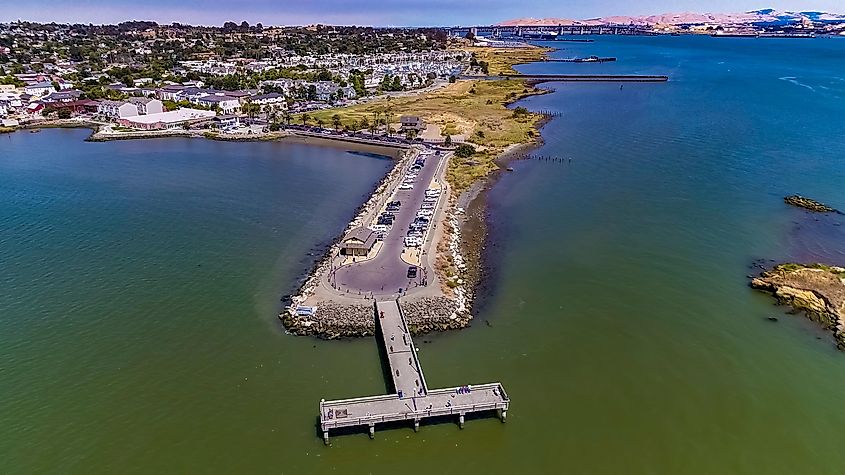
In Benicia, the old capital building, with its bold brick exterior and two white columns at its entrance, is now the only remaining pre-Sacramento Capitol building.
Benicia is packed with old-school buildings and famous spots from history, like from the days of the Gold Rush, and when the Transcontinental Railroad was finished.
It is also home to a bit of an odd museum. The Historical Museum at the Camel Barns highlights a quirky chapter in U.S. military history where camels were experimented with as pack animals in the 1850s and '60s.
The town is proud of its walkway art that shows off important people and moments, like author Jack London starting his journey as a writer in Benicia, and the big Solano ferry.
Coronado
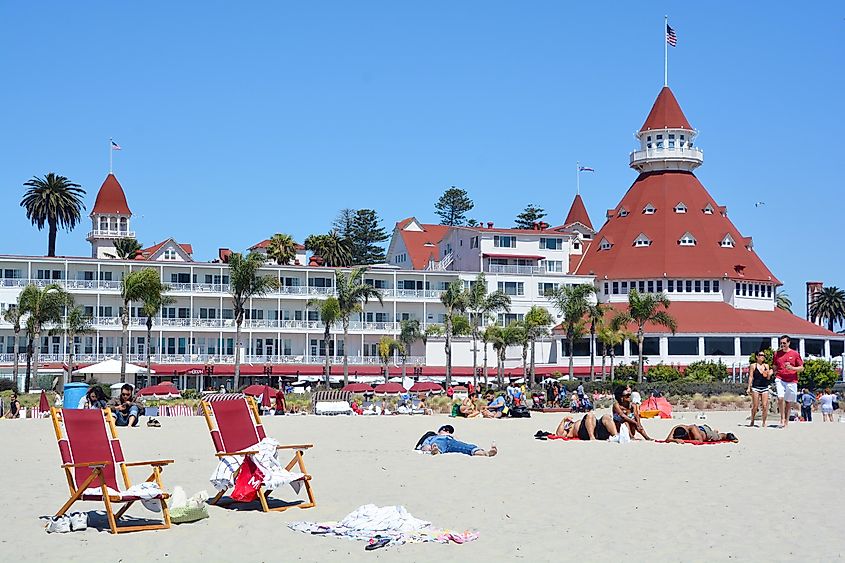
Coronado's shore is a true find, where soft waves play along the beach and the bright sand seems to stretch on without end. It is no wonder people say it is one of the top beaches in the States.
Imagine a stunning stretch of sand next to the vast blue ocean in Coronado. From there, you get an incredible view of the wide Pacific and the scenic Point Loma.
Step inside the Hotel del Coronado, a true treasure from 1888 that remains one of the few original wooden beach escapes of its kind. With its eye-catching turrets donned in red, people from all corners flock to see this National Historic Landmark.
The Coronado Bridge, stretching over 2 miles, links Coronado Island right to the heart of San Diego. It is known for its unique bend and bright blue shade, which matches the sea and sky around it.
Solvang

In 1911, a group of Danes thought about making a spot that felt like home but without the chilly Midwest winds they had been living with.
That place is Solvang, and even today it feels like a mini-Denmark—from the way the buildings look to the festivals they throw.
You can see the heavy Danish influences with the Little Mermaid Replica, a bronze sculpture that is the smaller version of the iconic Little Mermaid statue in Copenhagen.
You can also feel it when see places like Solvang's Round Tower, a tribute to iconic 17th-century Rundetaarn in Denmark.
There is also history here that predates its Danish roots. The Old Mission Santa Inés was established in 1804, serving as a memorable snapshot of years gone by. This place is a blend of Native American and Spanish histories, all wrapped up in a classic look.
Truckee

Truckee, found right in California's Nevada County, first popped up as a spot called Gray's Station in 1863. Over time, it changed to Coburn's Station and then finally got its current name in honor of a respected Paiute chief.
The crossing of Commercial Row and Jibboom Street is a slice of Truckee's early days. It shows what life was like when trains first chugged into town and the logging business was thriving.
Downtown has been a historic spot on the National Register since 2009. Take a trip to the past at the Old Truckee Jail Museum, as it is a place where you can learn about Truckee's old-timey law stories from back in the 1800s.
This town's story will always be tied with the Donner Party's journey, pioneers from Illinois. In the chill of 1846's winter, the Donner Party was trapped by heavy snow in the nearby Sierra Nevada Mountains. They faced incredibly tough conditions and were pushed to make extreme decisions in their hunger.
In Conclusion
From Murphys' resilience to Truckee's tragic past, and Solvang's Danish charm to Coronado's coastal allure, California has countless stories to learn about.
From huge metropolises like Los Angeles and San Franciso to small gems like Angels Camp, the state is built on the foundations of its Indigenous, Spanish, and Old West roots.
So, if you are in the mood to learn about old railroads or timeless religious missions, California is waiting for you to plan your next trip and visit.
